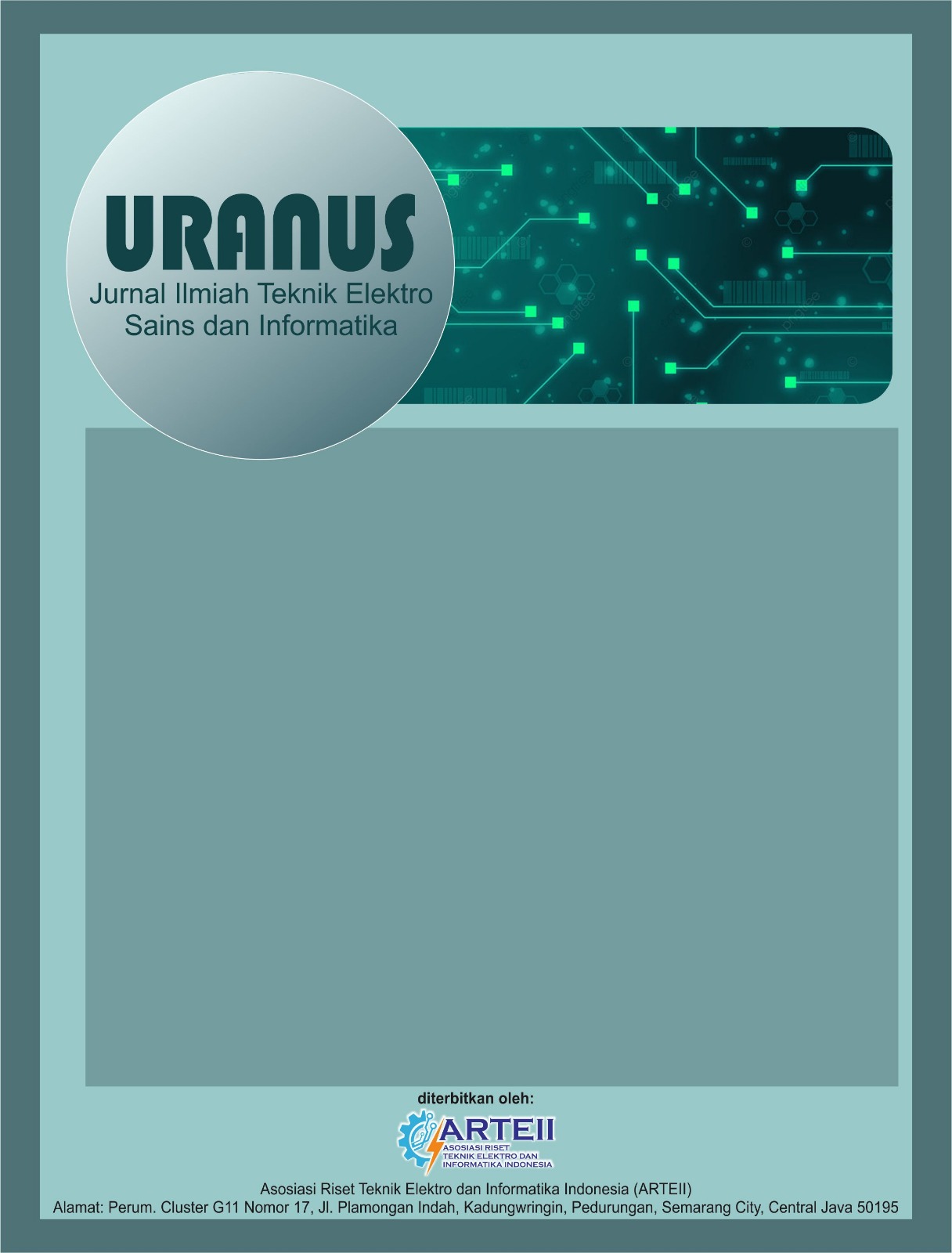Pengaplikasian Gelombang Elektromagnetik dan Nanopartikel Dielectric dalam Peningkatan Pemulihan Minyak
DOI:
https://doi.org/10.61132/uranus.v2i4.513Keywords:
Oil Recovery, Dielectric Nanoparticles, Electromagnetic IrradiationAbstract
Enhanced oil recovery (EOR) is the recovery of oil remaining in a reservoir after primary and secondary recovery methods because it has been exhausted or is no longer economical, using thermal, chemical or mixed gas processes. Most conventional methods are not suitable for extracting oil from high temperature and high pressure (HTHP) reservoirs due to chemical degradation in the environment. Alternatively, electromagnetic (EM) energy is used as a thermal method to reduce oil viscosity in reservoirs, thereby increasing oil production. The application of nanotechnology in EOR is also investigated. In this study, we investigate a non-invasive method by injecting dielectric nanofluids into an oil reservoir simultaneously with electromagnetic irradiation, with the aim of increasing oil production by causing disruption at the oil-water interface. During core displacement tests, ZnO and Al2O3 nanofluids were shown to obtain higher amounts of residual oil than commercial sodium dodecyl sulfate (SDS) surfactant without EM irradiation. With EM irradiation, more residual oil is obtained compared to without irradiation. It has also been shown that changing the viscosity of dielectric nanofluids during electromagnetic irradiation increases sweep efficiency, resulting in higher oil recovery.
References
Ahmari, H., & Etemad, S. G. (2009). Electrorheological response of SnO₂ and Y₂O₃ nanoparticles in silicon oil. Rheologica Acta, 48(3), 217-220. https://doi.org/10.1007/s00397-009-0371-5
Bera, A., Ojha, K., Mandal, A., & Kumar, T. (2011). Interfacial tension and phase behavior of surfactant-brine-oil system. Colloids and Surfaces A: Physicochemical and Engineering Aspects, 383(1-3), 114-119. https://doi.org/10.1016/j.colsurfa.2011.06.014
Chhetri, A. B., & Islam, M. R. (2008). A critical review of electromagnetic heating for enhanced oil recovery. Petroleum Science and Technology, 26(14), 1619-1631. https://doi.org/10.1080/10916460802003272
Hunter, T. N., Pugh, R. J., Franks, G. V., & Jameson, G. J. (2008). The role of particles in stabilizing foams and emulsions. Advances in Colloid and Interface Science, 137(2), 57-81. https://doi.org/10.1016/j.cis.2007.08.002
Kutuzov, S., He, J., Tangirala, R., Emrick, T., Russell, T. P., & Böker, A. (2007). On the kinetics of nanoparticle self-assembly at liquid/liquid interfaces. Physical Chemistry Chemical Physics, 9(48), 6351-6358. https://doi.org/10.1039/b715855c
Lee, S. C., Kwon, Y. M., Chae, H. J., Jung, S. Y., Lee, J. B., Ryu, C. K., ... & Kim, J. C. (2013). Improving regeneration properties of potassium-based alumina sorbents for carbon dioxide capture from flue gas. Fuel, 104, 882-885. https://doi.org/10.1016/j.fuel.2012.11.048
Murshed, S. S., Tan, S. H., & Nguyen, N. T. (2008). Temperature dependence of interfacial properties and viscosity of nanofluids for droplet-based microfluidics. Journal of Physics D: Applied Physics, 41(8), 085502. https://doi.org/10.1088/0022-3727/41/8/085502
Prosser, A. J., & Franses, E. I. (2001). Adsorption and surface tension of ionic surfactants at the air–water interface: Review and evaluation of equilibrium models. Colloids and Surfaces A: Physicochemical and Engineering Aspects, 178(1-3), 1-40. https://doi.org/10.1016/S0927-7757(01)00710-1
Rangel-German, E. R., Schembre, J., Sandberg, C., & Kovscek, A. R. (2004). Electrical-heating-assisted recovery for heavy oil. Journal of Petroleum Science and Engineering, 45(3-4), 213-231. https://doi.org/10.1016/j.petrol.2004.01.009
Singh, P. K., Anoop, K. B., Patel, H. E., Sundararajan, T., Pradeep, T., & Das, S. K. (2009). Anomalous size dependent rheological behavior of alumina-based nanofluids. Applied Physics Letters, 94(18), 181909. https://doi.org/10.1063/1.3131965
Tagliabue, M., Bellussi, G., Broccia, P., Carati, A., Millini, R., Pollesel, P., & Rizzo, C. (2012). High pressure hydrogen sulphide adsorption on silica–aluminas. Chemical Engineering Journal, 210, 398-403. https://doi.org/10.1016/j.cej.2012.08.025
Vafaee, M., & Ghamsari, M. S. (2007). Preparation and characterization of ZnO nanoparticles by a novel sol–gel route. Materials Letters, 61(14-15), 3265-3268. https://doi.org/10.1016/j.matlet.2006.08.045
Zaid, H. M., Yahya, N., Ahmad Latiff, N. R., & Demiral, B. (2012, September). Synthesis and characterization of dielectric nanoparticles for application in enhanced oil recovery. In AIP Conference Proceedings (Vol. 1482, No. 1, pp. 146-151). American Institute of Physics. https://doi.org/10.1063/1.4743964
Lakatos, I., & Szabó, J. L. (2009, June). Role of conventional and unconventional hydrocarbons in the 21st century: Comparison of resources, reserves, recovery factors and technologies. In SPE Europec Featured at EAGE Conference and Exhibition (pp. SPE-121775). Society of Petroleum Engineers.
Gao, C. H. (2011, December). Advances of polymer flood in heavy oil recovery. In SPE International Heavy Oil Conference and Exhibition (pp. SPE-150384). Society of Petroleum Engineers.
Ayatollahi, S., & Zerafat, M. M. (2012, June). Nanotechnology-assisted EOR techniques: New solutions to old challenges. In SPE International Oilfield Nanotechnology Conference and Exhibition (pp. SPE-157094). Society of Petroleum Engineers.
Downloads
Published
How to Cite
Issue
Section
License
Copyright (c) 2024 Uranus : Jurnal Ilmiah Teknik Elektro, Sains dan Informatika

This work is licensed under a Creative Commons Attribution-ShareAlike 4.0 International License.





